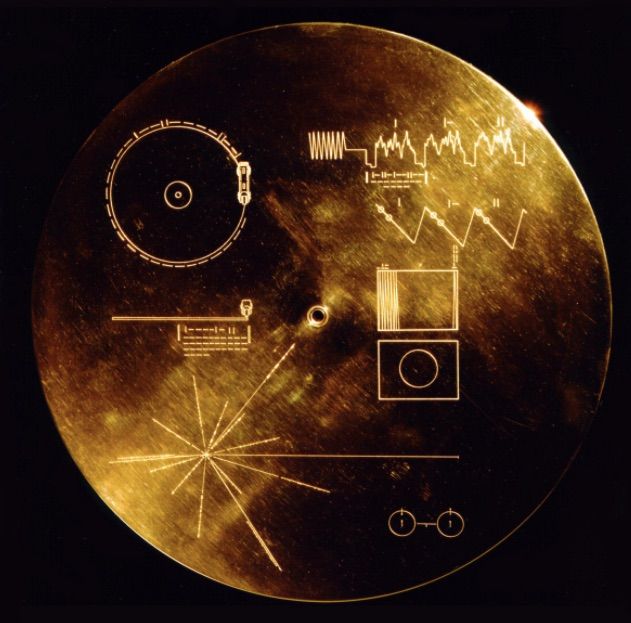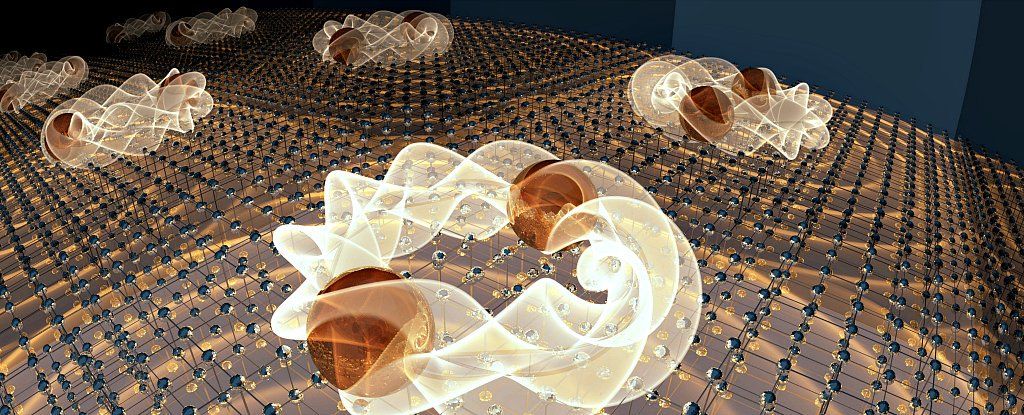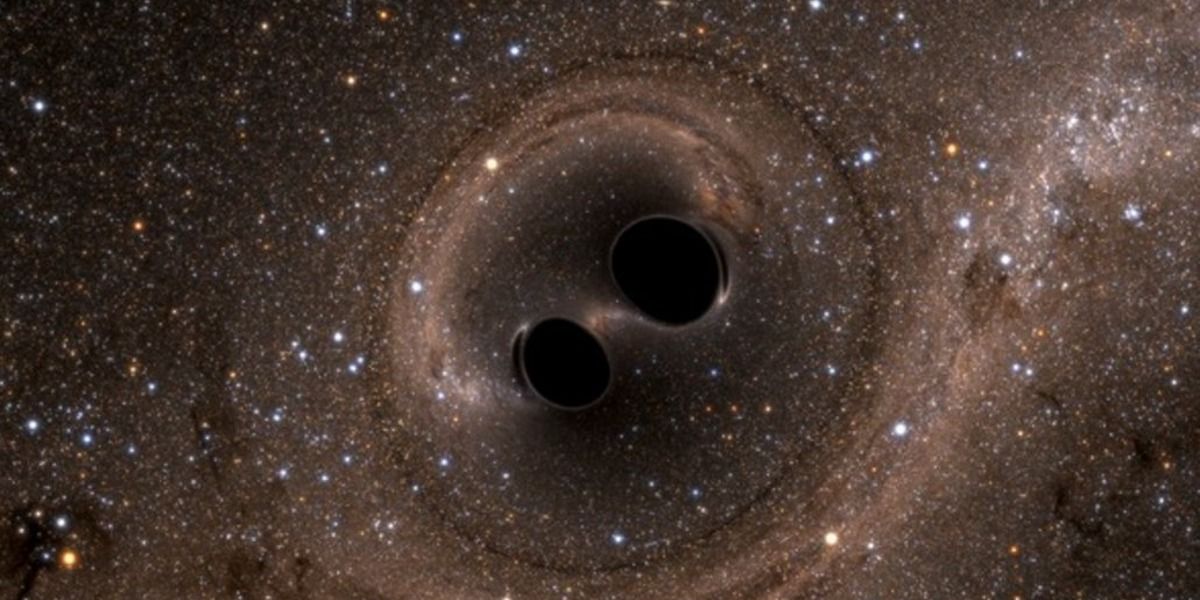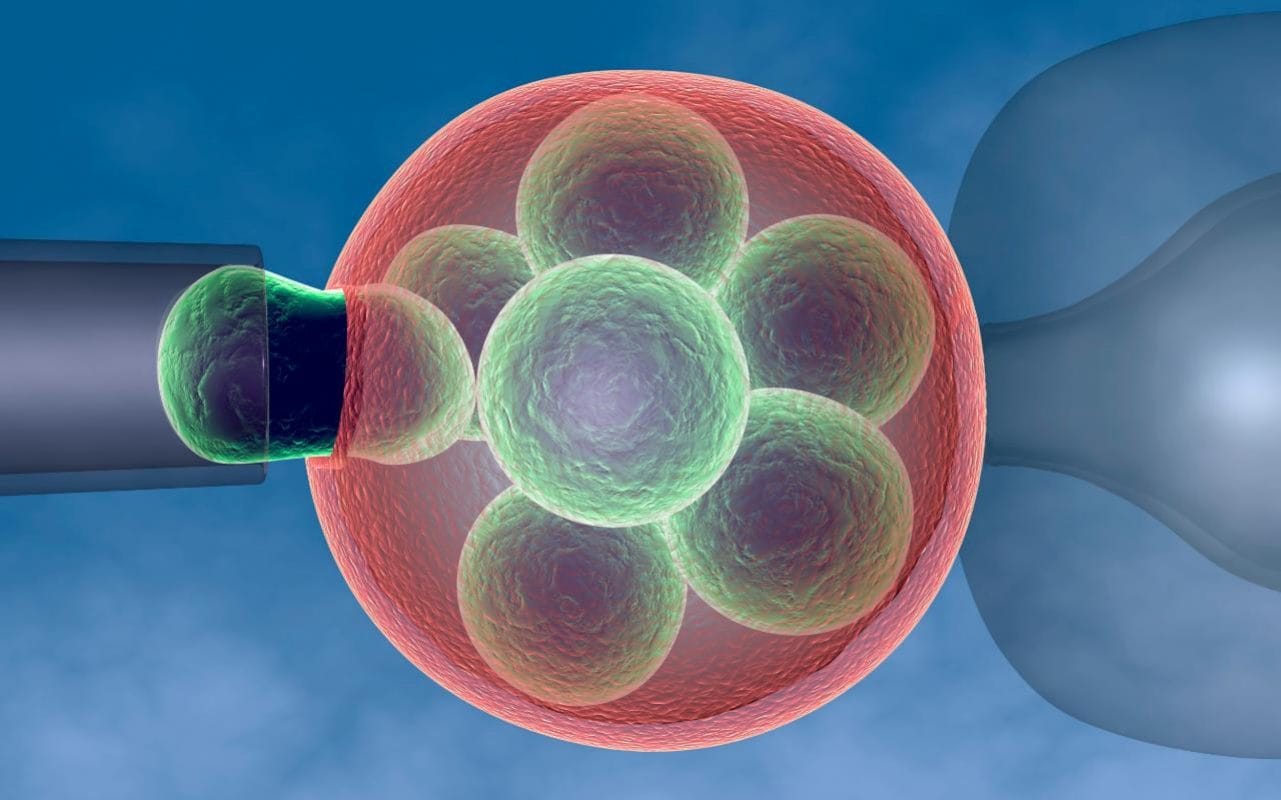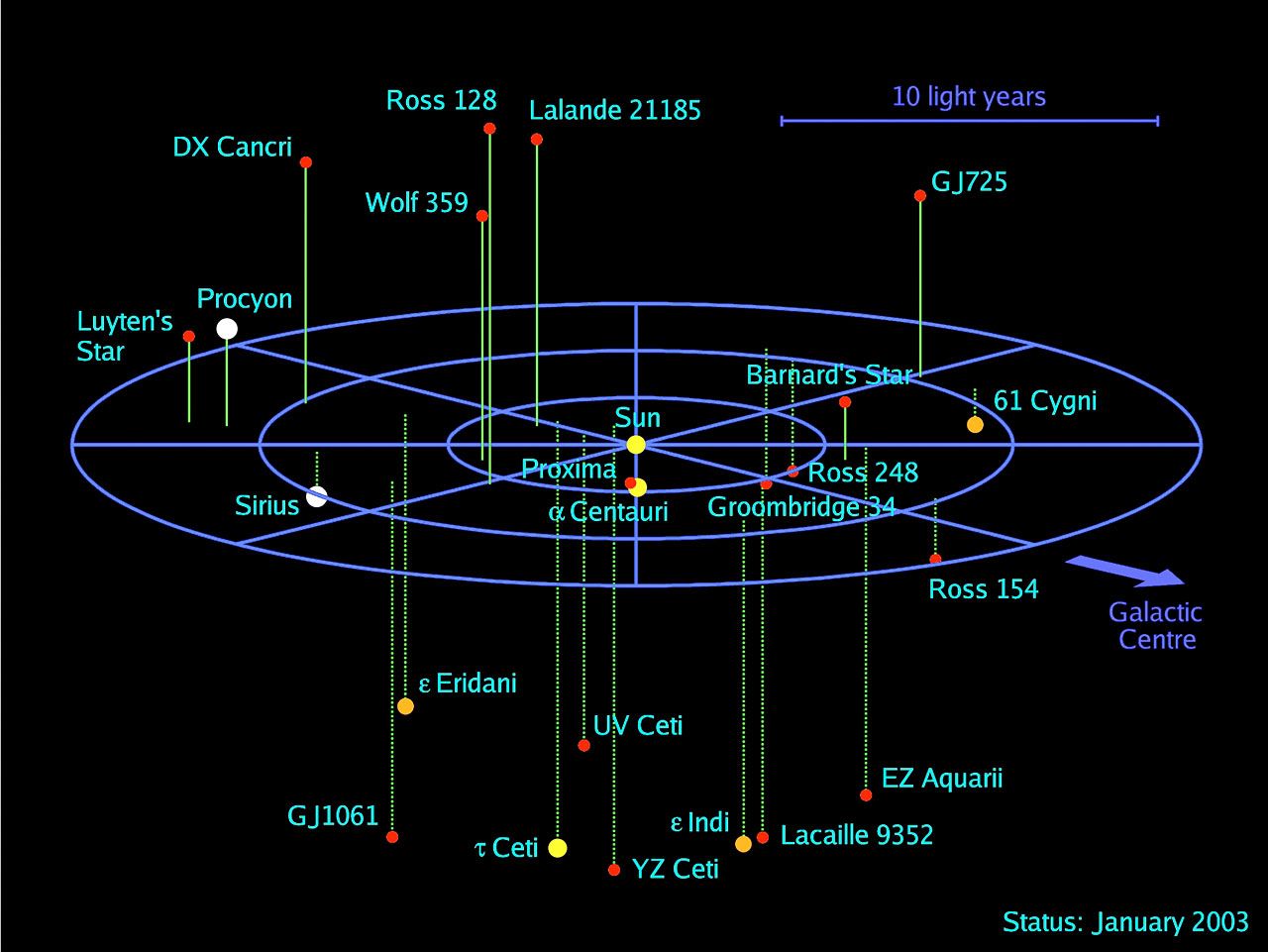Apr 8, 2018
Celebrate the Voyager Golden Record with David Pescovitz: London (April 17) and New York City (April 12)
Posted by Genevieve Klien in category: alien life
This week and next, I’ll be visiting the Sonos stores in New York City (4÷12) and London (4÷17) for a free listening party celebrating the Voyager Golden Record, the iconic message for extraterrestrials launched into space 40 years ago. I’ll do a short multimedia presentation about this inspiring artifact and we’ll play the first ever vinyl release of the Voyager Golden Record that I co-produced with my friends Tim Daly and Lawrence Azerrad. Admission is free. No tickets remain for the New York City event but depending on the number of “no shows,” there may be availability at the door. And if you’re in London, please do RSVP right here! I hope to see you!
